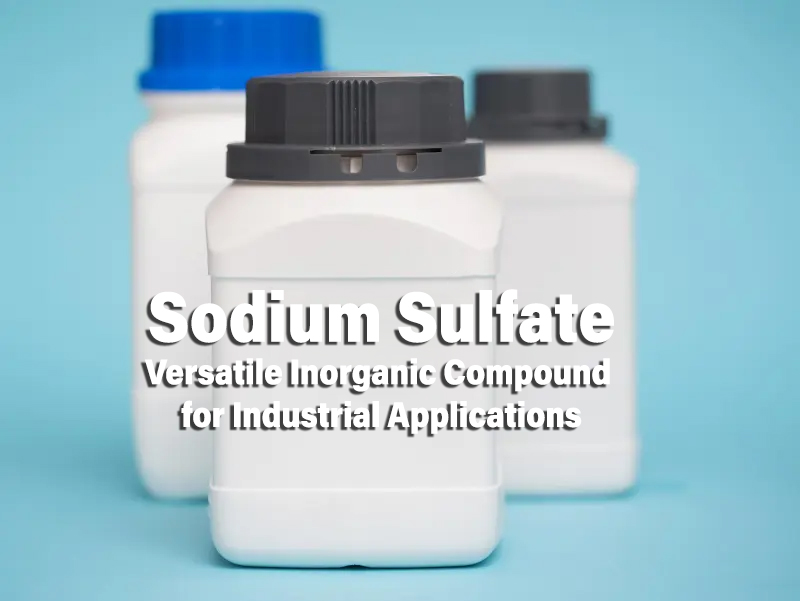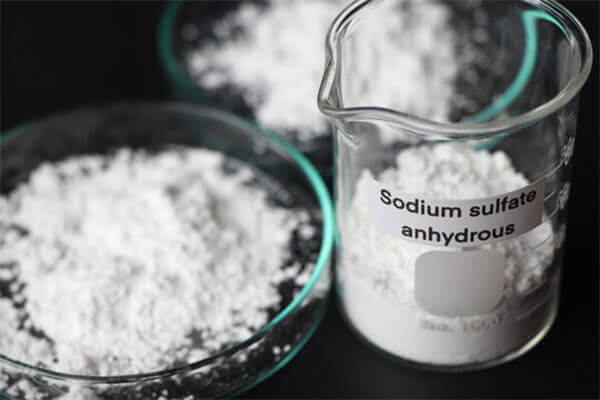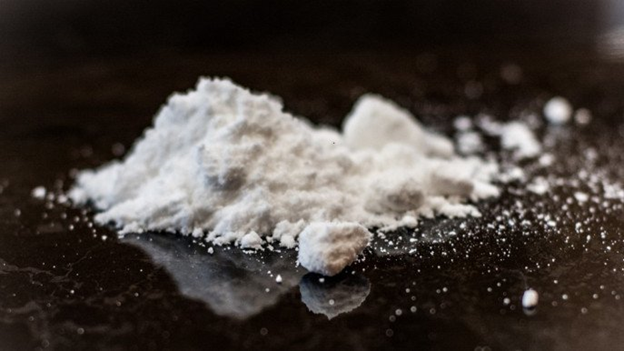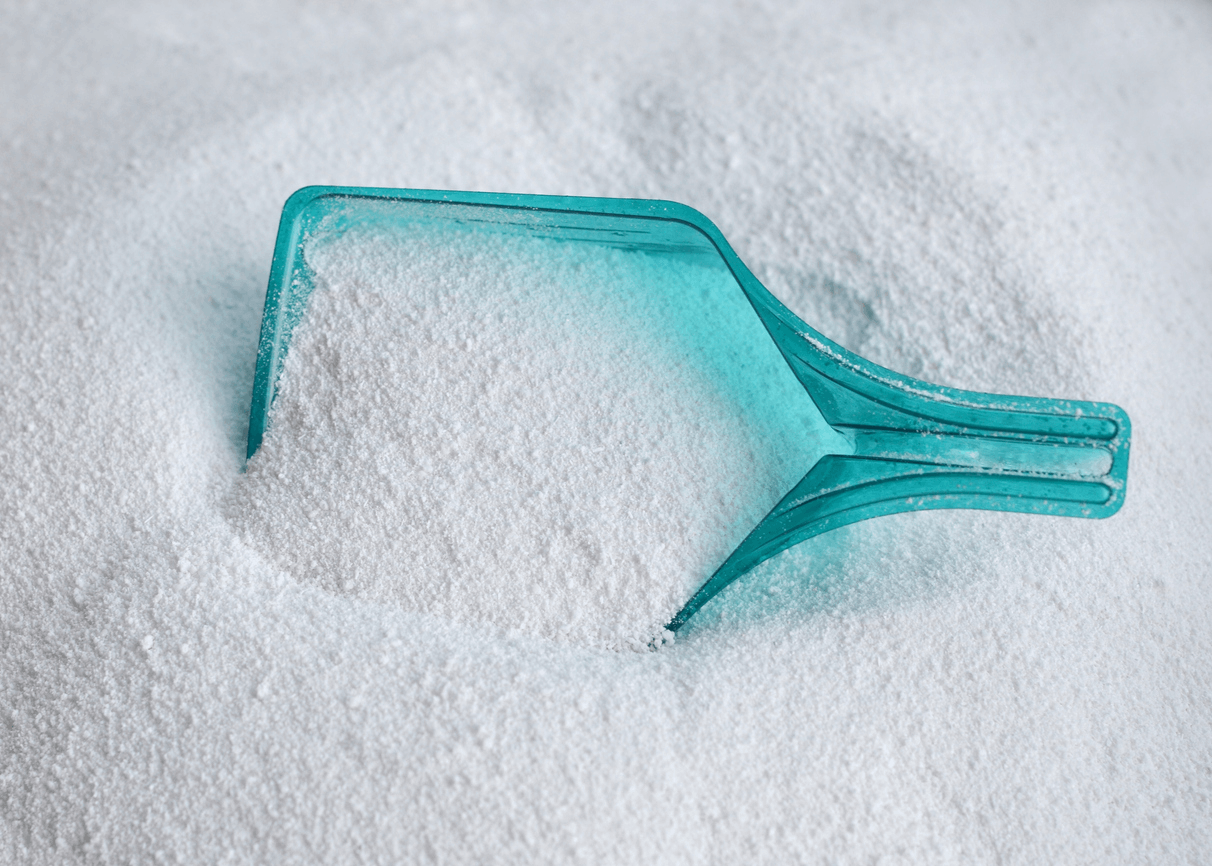
Sodium sulfate (Na₂SO₄), commonly referred to as anhydrous sodium sulfate, is a white, odorless, crystalline powder. As a widely utilized inorganic salt, it plays a crucial role in various industries, including chemical manufacturing, textiles, paper production, detergents, and glassmaking. Its stability, cost-effectiveness, and multifunctional properties make it indispensable in numerous applications.

Chemical Properties
• Molecular Formula: Na₂SO₄
• Molecular Weight: 142.04 g/mol
• Appearance: White crystalline powder
• Melting Point: 884 °C
• Boiling Point: 1,429 °C
• Density: 2.664 g/cm³
• Solubility in Water: 28.1 g/100 mL at 25 °C
• pH Range: 5.2–9.2 (1% solution)

Key Industrial Applications
1. Detergent Industry
Sodium sulfate serves as a filler and processing aid in powdered detergents. It prevents clumping, ensures uniform granule distribution, and enhances the cleaning efficiency of detergents. Its cost-effectiveness and compatibility with other detergent components make it a preferred choice in detergent formulations.
2. Textile Industry
In textile manufacturing, sodium sulfate acts as a leveling agent during dyeing processes. It promotes even dye distribution by reducing negative charges on fibers, resulting in uniform coloration. Additionally, it aids in removing excess dye and improves the overall quality of dyed fabrics.
3. Paper Industry
Sodium sulfate is utilized in the Kraft process for paper production. It helps in breaking down wood chips into pulp by facilitating the removal of lignin, thereby enhancing the strength and durability of the final paper product.
4. Glass Manufacturing
In glassmaking, sodium sulfate functions as a fining agent. It assists in removing small air bubbles from molten glass, leading to clearer and more uniform glass products. Additionally, it acts as a flux, lowering the melting point of the glass mixture and improving workability.
5. Chemical Industry
Sodium sulfate is a precursor in the synthesis of various chemicals, including sodium sulfide, sodium silicate, and sodium bisulfate. It also serves as a drying agent in organic synthesis, effectively removing water from solvents and reaction mixtures.

6. Pharmaceutical Applications
In the pharmaceutical sector, sodium sulfate decahydrate, known as Glauber’s salt, is employed as a mild laxative. It facilitates bowel movements by drawing water into the intestines, aiding in the treatment of constipation.
7. Food Industry
Sodium sulfate is used as a diluent for food colors and as a firming agent in certain food products. It is designated as E number additive E514.
8. Thermal Energy Storage
Sodium sulfate decahydrate is utilized in thermal energy storage systems due to its high heat of fusion. It is particularly effective in storing low-grade solar heat for later release in space heating applications.
9. Oil Recovery
Sodium sulfate is employed in enhanced oil recovery (EOR) methods. It can be injected into oil reservoirs to alter the water’s salinity, improving the efficiency of water flooding processes and aiding in the recovery of oil.
10. Laboratory Applications
In laboratory settings, anhydrous sodium sulfate is widely used as an inert drying agent for removing traces of water from organic solutions. It is more efficient but slower-acting than similar agents like magnesium sulfate.

Manufacturing Processes
Sodium sulfate can be produced through several methods:
1.Reaction of Sodium Chloride with Sulfuric Acid:
H₂SO₄ + 2 NaCl → Na₂SO₄ + 2 HCl
2.Neutralization of Sulfuric Acid with Sodium Hydroxide:
H₂SO₄ + 2 NaOH → Na₂SO₄ + 2 H₂O
3.Extraction from Natural Sources:
Purification of naturally occurring sodium sulfate from mineral deposits and brines.

Safety and Handling
Sodium sulfate is generally considered safe for industrial use. However, appropriate safety measures should be observed:
• Storage: Store in a cool, dry, and well-ventilated area away from moisture and incompatible materials such as strong acids.
• Handling: Use personal protective equipment, including gloves and safety goggles, to prevent inhalation or contact with skin and eyes. Ensure adequate ventilation to avoid inhaling dust particles.
• Inhalation: Avoid inhaling sodium sulfate dust, as it may cause irritation to the respiratory tract.
• Skin Contact: Prolonged skin contact with sodium sulfate may cause dryness and irritation. Wear protective gloves when handling the substance.
• Eye Contact: Sodium sulfate dust can irritate the eyes. Wear safety goggles for protection.
• Disposal: Dispose of in accordance with local environmental regulations. Always read and comprehend the safety data sheet (SDS) before using sodium sulfate and follow the recommended precautions.

Conclusion
Sodium sulfate’s multifaceted applications across diverse industries underscore its significance as a vital industrial chemical. Its properties, including stability, solubility, and cost-effectiveness, make it an essential component in manufacturing processes ranging from detergents and textiles to paper and glass production.
You can place an order or ask any questions, please feel free to contact at feronia@wit-stone.com | +86-15655559799
Post time: May-21-2025